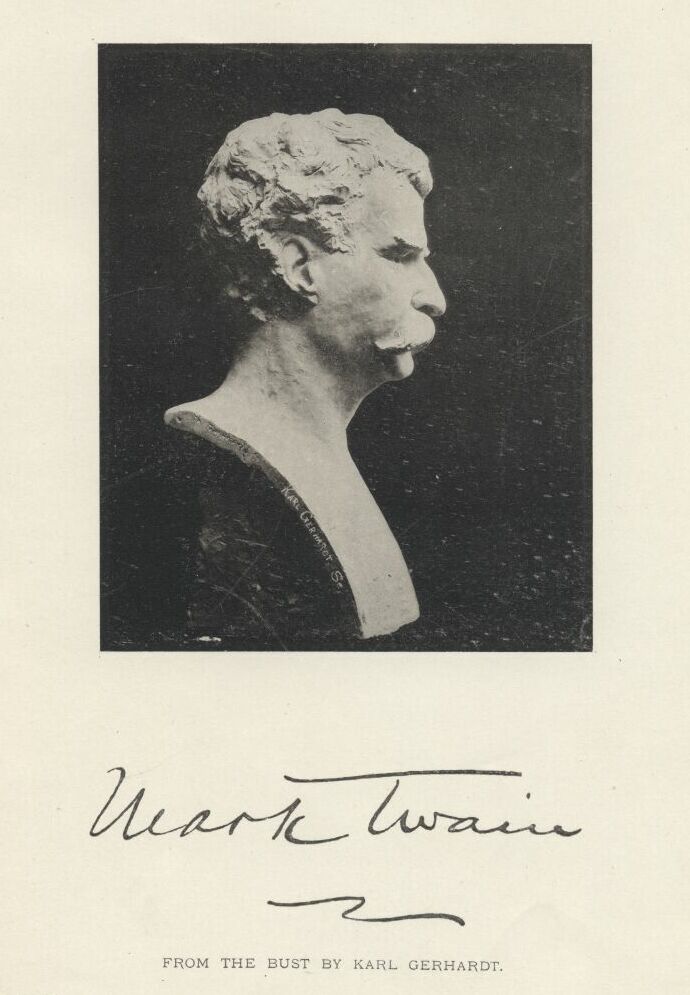< Previous |
Mark Twain
Welcome to the wild, muddy, mischievous world of Mark Twain, the man who gave America a moustache, a pen, and two boys who turned playing hooky into an art form: Huckleberry Finn and Tom Sawyer.
These aren't just stories. They're blueprints for childhood rebellion, written by a man who looked at polite society and thought, “This would be a lot funnier if someone painted a fence and got paid for it.”
In Tom Sawyer, you’ll meet a boy so charming he manages to:
- Fake his own death for fun,
- Woo girls with dead bugs,
- And convince half the town that whitewashing a fence is a privilege.
Tom is what happens when imagination, mischief, and zero adult supervision collide in a small town with too many caves and not enough discipline.
Then there’s Huckleberry Finn, the wilder, barefooted counterpart — a boy with a heart of gold and grammar to match. In Adventures of Huckleberry Finn, Huck escapes the clutches of “civilisation” by rafting down the Mississippi River with Jim, an escaped slave. It's a coming-of-age story, a scathing critique of racism, and also the first novel in which a raft is considered viable housing.
Twain uses humour like a fishing rod — reeling you in with boyish pranks and tall tales before yanking you face-first into the deeper waters of freedom, morality, and what it actually means to do the right thing.
Between the two books, you’ll encounter:
- Buried treasure,
- Questionable parenting,
- Con men named the Duke and the King (neither of whom has read a leadership manual),
- And at least one scene that will make you wonder if school should come with hazard pay.
So grab your straw hat, forget your homework, and get ready for two of literature’s most gloriously disobedient journeys. Because in Twain’s world, adventure isn’t just around the corner — it’s probably already up a tree, throwing apples at you.
| privacy policy | © seiyaku |
